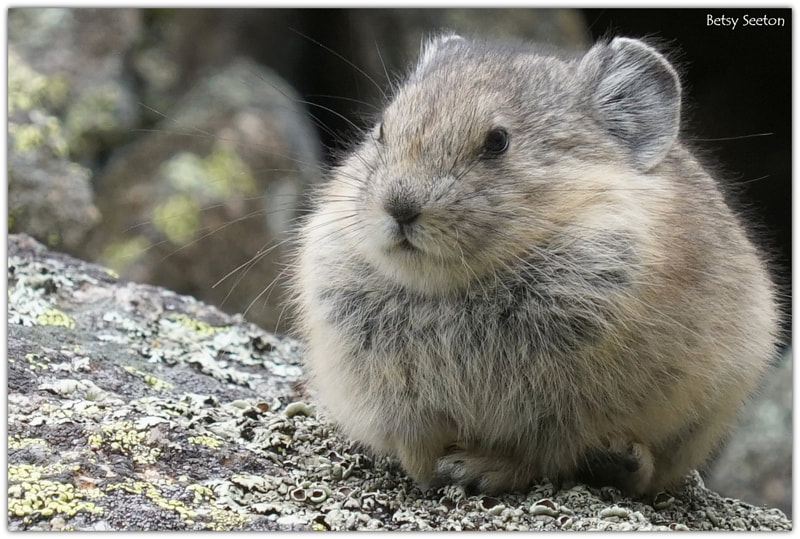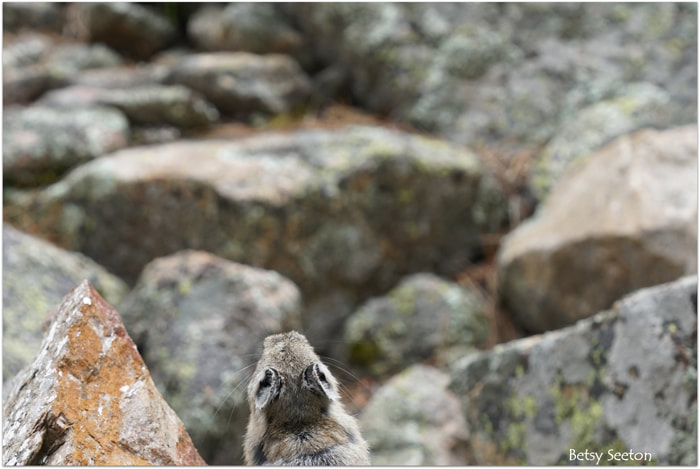A 2014 study found that extinction rates for American pikas have increased five-fold in the last 10 years while the rate at which the pikas are moving up mountain slopes has increased 11-fold.
This article suggests they are learning to adapt to climate change: https://www.hcn.org/articles/wildlife-pikas-are-adapting-to-climate-change
































 RSS Feed
RSS Feed
